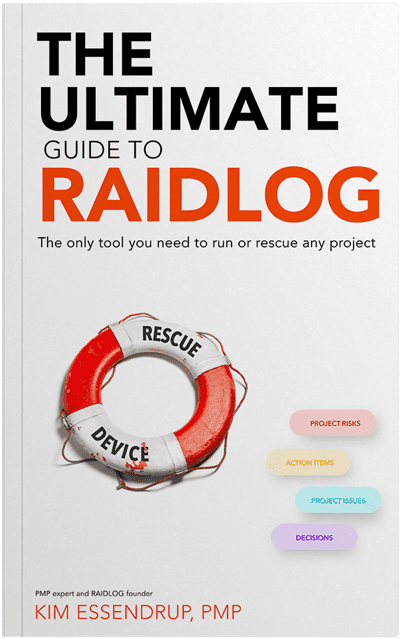So many things to do! Even though we spend a lot of time and effort putting together detailed activity plans or backlogs & sprints for our project, other tasks never stop coming up; action items from meetings, little to-do’s that have to get done, reminders to follow-up with other team members, tracking delegated tasks. How on earth can we keep it all straight?
Action Items and Trust Bricks
What’s interesting about project teams is that they are temporary. Team members often go in not knowing each other and may never work with each other again afterward. Yet we depend on these temporary organizations to trust and work with each other effectively to build our entire world.
Further, these project teams often consist of individuals who have no pre-existing relationship. And if they do, it’s not necessarily a good one. In a sense, most projects are like your least favorite group project back at school. You are thrust into a situation with strangers that you somehow have to find a way to work with or you are all going to fail.
So how do you do that? How do you quickly build working relationships with total strangers? One method I’ve developed and often speak about is the trust brick.
Visualize your relationship with another person as a bridge, made up of bricks. If you build your bridge with hundreds of interlocked bricks, your bridge is strong. It can even withstand having a few bricks break. On the other hand, if you build a bridge with one or two bricks and those bricks fail – the entire bridge falls down.
Trust bricks are interpersonal transactions which build a bridge of trust. You make a trust brick when you set an expectation, then meet that expectation. You say you’re going to do something, then you do it, over and over again. Over time, this sets up the expectation – the cognitive bias – that when you say you’re going to do something, we expect that you’re going to do it. This is a very real and resilient kind of trust which you can intentionally develop and maintain. And like our bridge made of many trust bricks, when you make a mistake and break a few bricks – as we all do – our working relationship won’t fall down.
And one tool we use to build those trust bricks? The Action Item log. Consistently following up on every commitment, every time is key to building trust.
